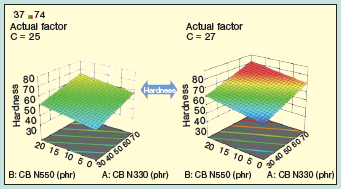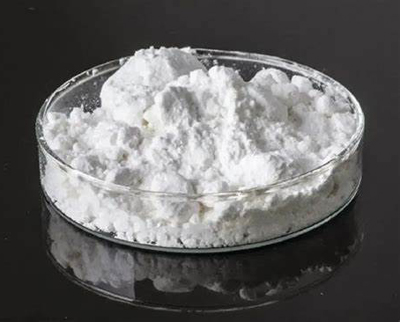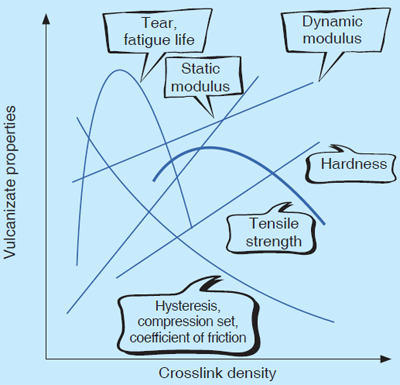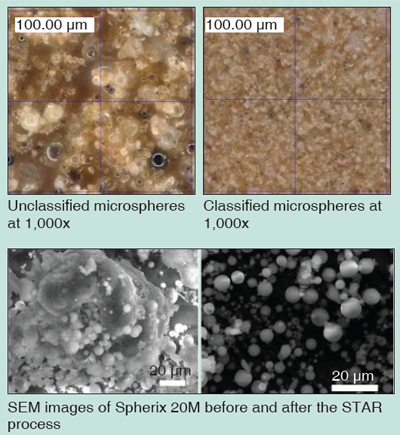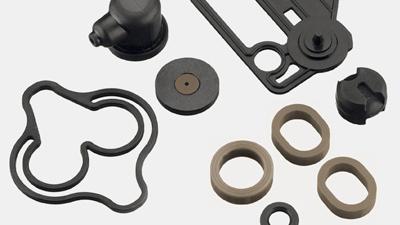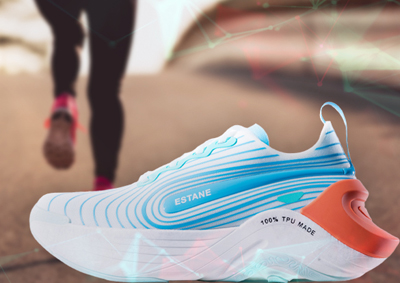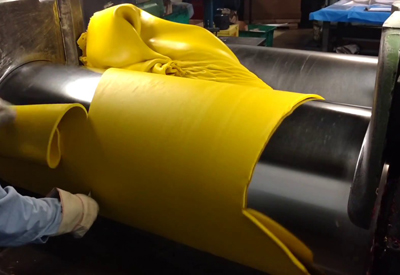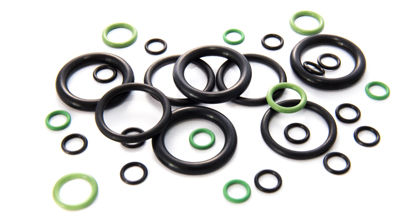Simulation of rubber formulation development using AI-Graf Compounder
Integration of artificial intelligence (AI) into rubber compound development is said to mark a transformative step in materials science, and the authors explore the use of AIGraf Compounder software to simulate and optimize rubber formulations. By leveraging feedforward neural networks, the system can predict material properties based on ingredient compositions.
Read More
